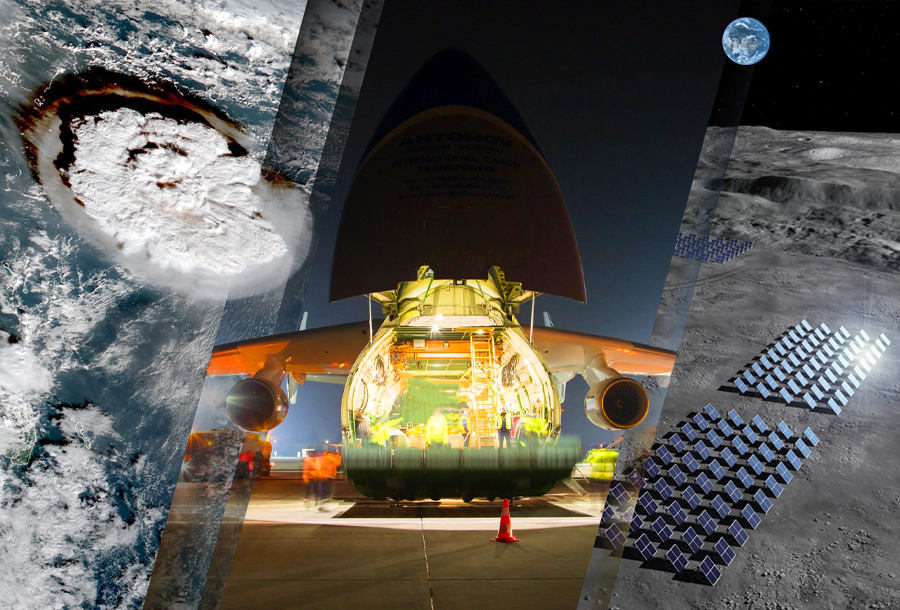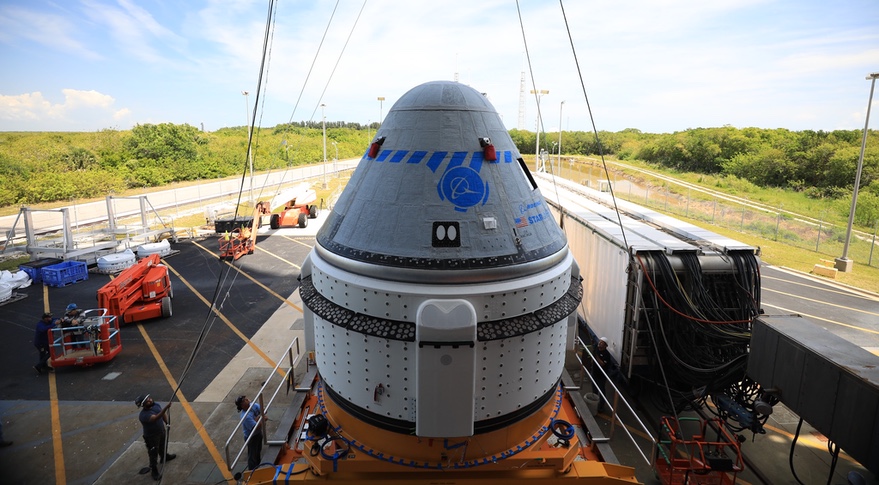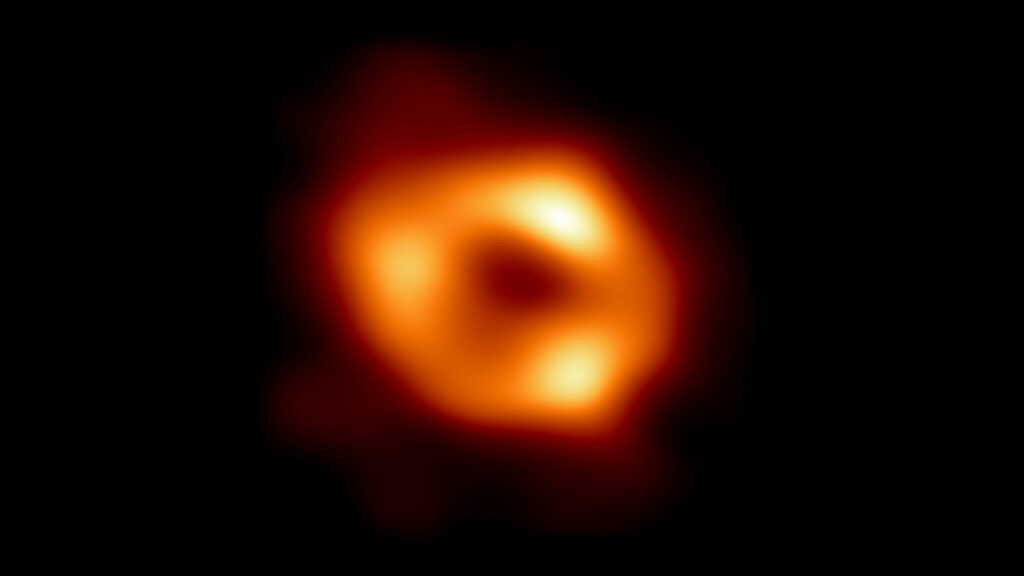Selection of space news for breakfast: Roscosmos circumvents sanctions through Gazprombank. The Arctic may turn into a new hot spot of military conflict, and emissions from the eruption of the Hunga volcano have reached the ionosphere.

Report on the Space Launch Services Market
The global space launch services market was valued at $8.9 billion in 2018 and is projected to reach $30.0 billion by 2026, growing at a CAGR of 17.2% from 2019 to 2026. The Space Launch Services market report provides a 360-degree overview of Space Launch Services industry that helps you to identify and define the opportunity and problems in the market.
Lack of “Antonovs” forces Maxar to postpone the launch of new observation satellites
Maxar Technologies will be able to launch the new WorldView Legion Earth observation satellites no earlier than September. The reason for this is the lack of Antonov Company aircraft for their transportation. According to a company representative, the reason for this was the shortage of Ukrainian Antonov aircraft, which arose as a result of the Ukrainian-Russian war. The world’s largest AN-225 Mriya aircraft was destroyed by Russian shelling, and the rest of the Ukrainian trucks had to be hastily evacuated. Now spacecraft weighing several tons will have to be transported by land or by sea.
“Roscosmos” bypasses international sanctions through “Gazprombank”
The Russian state corporation “Roscosmos” is activating payments through “Gazprombank”. To date this Russian State Bank has suffered little from international sanctions. Certain restrictions on it were announced only on May 8, but they will apply personally to the heads of the institution. “Roscosmos” and other Russian monopolists will increase the volume of international payments using their “immunity”.
Market News

Virgin Orbit projects growth despite widening loss
Despite a widening loss in the first quarter, Virgin Orbit executives said they believe they have enough financial runway for their air launch business to gain altitude this year. In its first quarter financial results, the company announced a net loss of $62.6 million and an adjusted earnings before interest, taxes, depreciation and amortization (EBITDA) loss of $49.6 million. The company reported revenue of only $2.1 million in the quarter.
Boeing considering redesign of Starliner valves
Boeing says it is considering redesigning the propellant valves on future CST-100 Starliner commercial crew spacecraft as a long-term solution to the corrosion problem those valves suffered last year.
Smarter satellites: ESA Discovery accelerates AI in space
ESA Discovery is funding 12 projects that will explore the potential of applying the latest developments in artificial intelligence (AI) and advanced computing paradigms to make satellites more reactive, agile and autonomous. This could generate new practical applications that support life on Earth and our exploration of other planets.
Powering the moon: Designing a microgrid for future lunar base
Sandia National Laboratories is well-known for designing reliable and resilient microgrids for military bases and vital city services. Now, Sandia researchers are working with NASA to design one for the moon.
NASA’s plan for its concept Artemis lunar base is that it will serve as a technology proving ground for the eventual human exploration of Mars, said Jack Flicker, a Sandia electrical engineer. The base camp concept consists of a habitation unit — complete with room for up to four astronauts — as well as the potential for separate mining and fuel processing, called in-situ resource utilization, facilities. Early Artemis missions will include short stays at the base camp with the goal to build up to stays of two months at a time.
DARPA is exploring ways to build big things in space
A new DARPA program seeks to test ideas that could kick-start off-Earth manufacturing. The U.S. military has awarded contracts under a new program to address in-space manufacturing needs, as part of a larger effort to reduce the costs of spaceflight. In-space manufacturing is still in its infancy, and the U.S. military wants to help it along.
Interesting

Commercial satellite internet in Ukraine showing power of megaconstellations
A lesson from the Ukraine war is the resiliency provided by large proliferated constellations, said Gen. David Thompson, Deputy Head of the Department of Space Operations of the US Space Forces. Russia in a cyberattack in February managed to disrupt satcom services provided by a Viasat satellite. But SpaceX’s broadband constellation Starlink has continued to provide internet services in Ukraine despite attempts to disrupt it.
Astronomers photographed a black hole in the center of the Milky Way
On May 12, at press conferences held simultaneously around the world, astronomers published the first ever image of the compact radio source Sagittarius A* located in the center of the Milky Way. The image proves that it really is a supermassive black hole. Measurements have shown that its mass exceeds the mass of the Sun by four million times. Over the years of observations, researchers have accumulated a lot of evidence indicating that it is a supermassive black hole.
Melting Arctic ice opens new front in strategic power competition
Warming seas and thinning polar ice caps promise to turn the Arctic into a hub of greater economic activity — and a new hotspot for military competition. That prospect is shaping U.S. military strategy for Arctic operations and is drawing attention to the importance of space systems to keep watch over the region, monitor the climate and maintain constant communications.
The eruption of the Hunga volcano affected the Earth’s ionosphere
New satellite research shows that the particles released into the air during the eruption reached not only the Earth’s mesosphere, but also affected its ionosphere. This is a layer of very thin air on the border with space, in which auroras usually occur. The disturbances in it that caused the eruption of the Hunga volcano turned out to be the greatest excitement in it that scientists have ever observed. During the eruption, the volcano emitted a large amount of dust and water vapor, and also generated strong winds. The last began to spread out to the sides and slowly rise. And as they rose, they became faster due to the decrease in air density.
Follow us on Twitter to get the most interesting space news in time
https://twitter.com/ust_magazine

